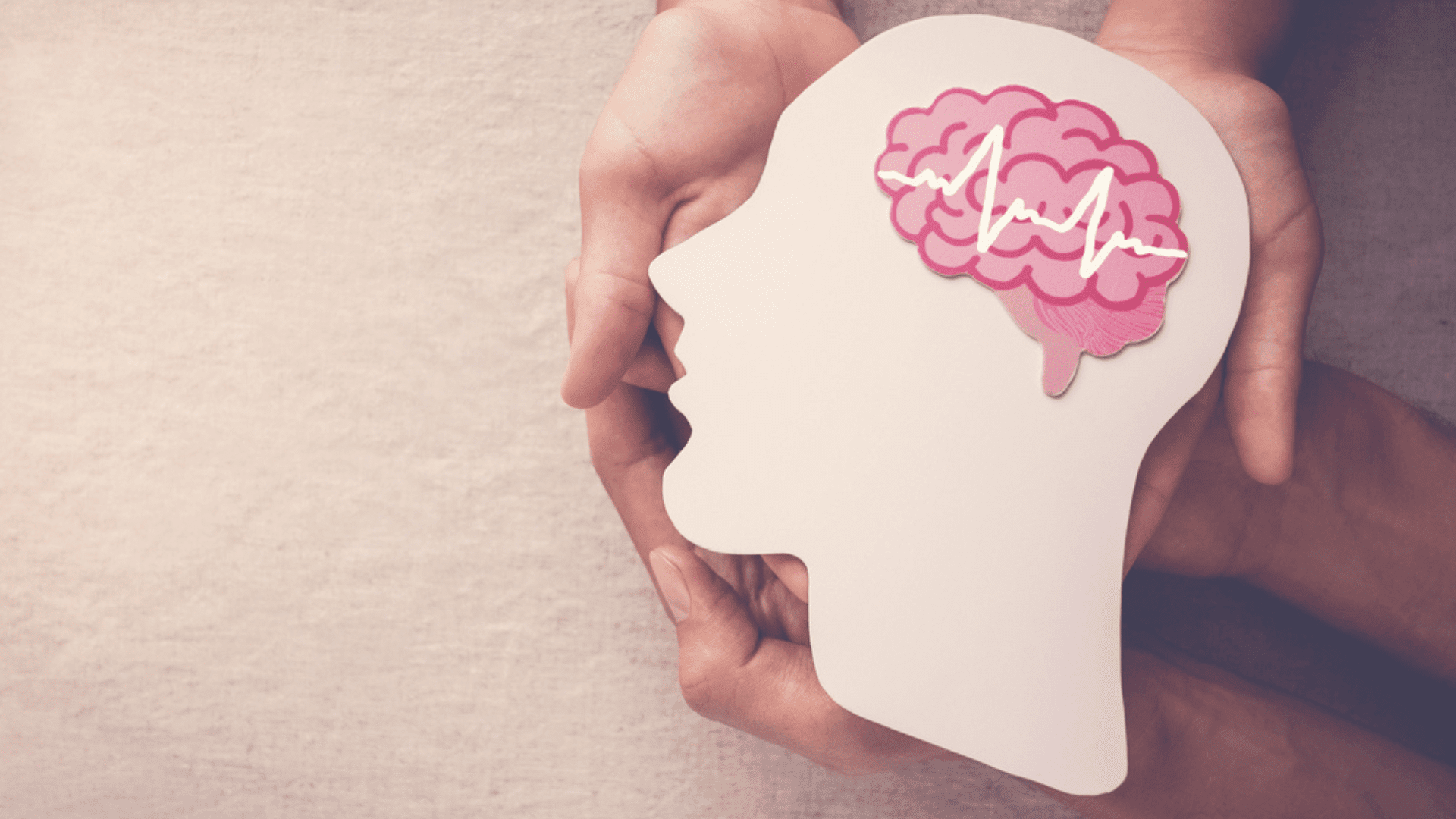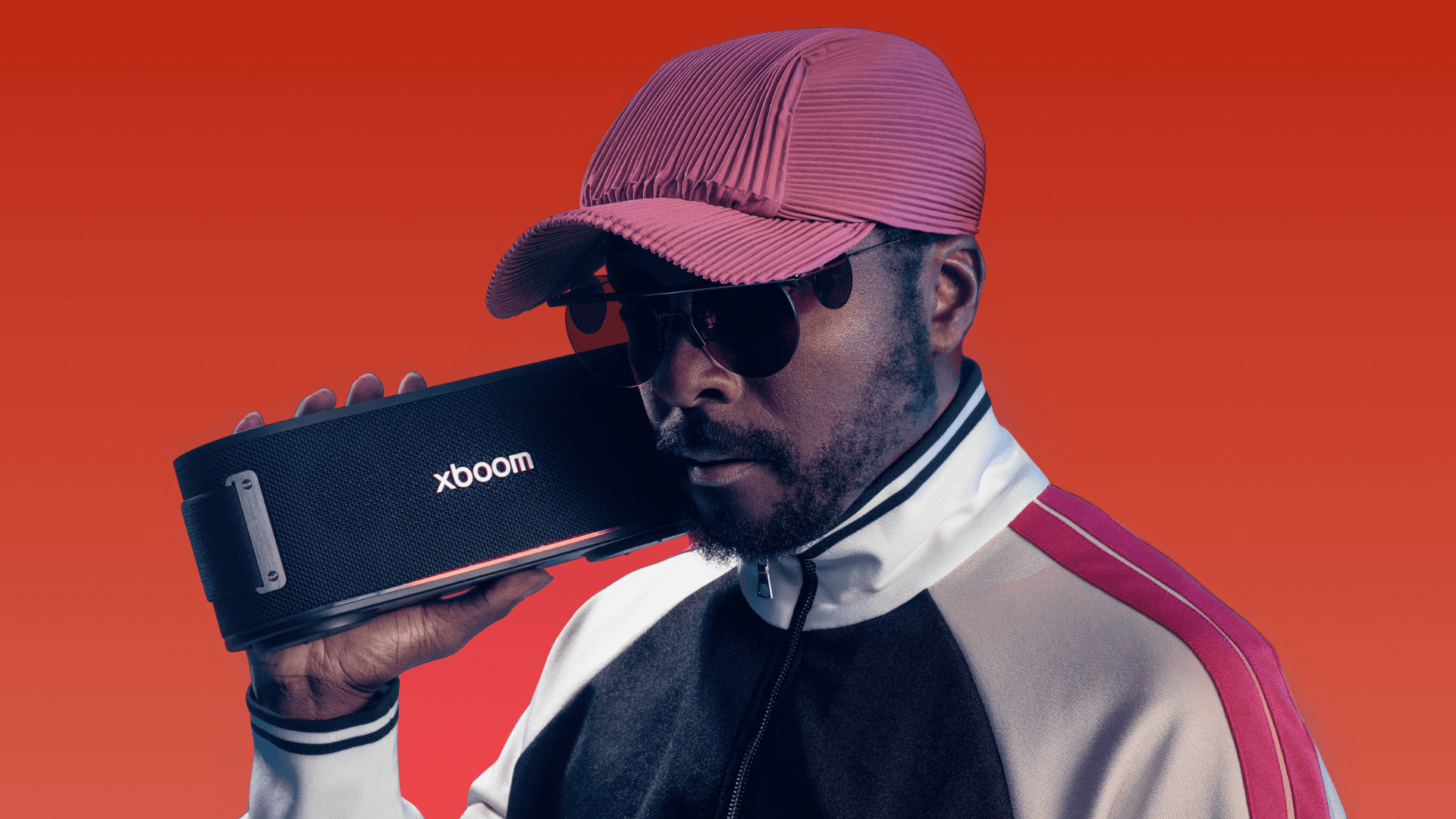A 13-year-old boy named Oran Knowlson has become the world’s first patient to test out a brain stimulation implant to treat severe epilepsy.

Knowlson was sometimes having hundreds of seizures per day before the device was fitted. His family has stated that he’s already seeing positive changes compared to his condition before implanting the device.
“I had a fairly bright three-year-old, and within a few months of his seizures commencing he deteriorated rapidly, and lost a lot of skills,” Knowlson’s mother, Justine, explained to the BBC.
In addition to the seizures, Knowlson also has diagnoses of autism, ADHD, and a condition called Lennox-Gastaut syndrome. This is a rare form of epilepsy that causes different types of seizures that don’t respond to traditional antiepileptic medications.
As drug treatments don’t work for these cases, scientists have found that different approaches, such as neurostimulation, could be promising. In theory, a device implanted in a particular area of the brain could deliver a consistent electrical current that would disrupt or block the abnormal patterns of activity that characterize epileptic seizures.
Explore Tomorrow's World from your inbox
Get the latest science, technology, and sustainability content delivered to your inbox.
I understand that by providing my email address, I agree to receive emails from Tomorrow's World Today. I understand that I may opt out of receiving such communications at any time.
Though some similar devices have been used to treat Parkinson’s disease, OCD, traumatic brain injury, and some cases of epilepsy, they’ve been largely used by adults as performing this type of procedure on children requires adapting the devices to their unique needs.
The CADET Project is aiming to trial the Picostim device in 22 children with Lennox-Gastaut syndrome. The device is specifically designed for children.
The stimulator is anchored to the skull, and connected electrodes are inserted into the brain area that has the greatest impact on seizure activity. The device can recharge through the skin using a headset or handheld charger.
“This study is hopefully going to allow us to identify whether deep brain stimulation is an effective treatment for this severe type of epilepsy and is also looking at a new type of device, which is particularly useful in children because the implant is in the skull and not in the chest,” lead neurosurgeon Martin Tisdall told the BBC.
The eight-hour surgery saw electrodes inserted into the thalamus inside Knowlson’s brain and attached to the 3.5-centimeter (0.5-inch) square, 0.6 cm (0.2-inch) thick device that was anchored into his skull.
The device was switched on after a month of recovery, and though Knowlson can’t feel the stimulation, it has resulted in a dramatic 80 percent reduction in his daytime seizures.






